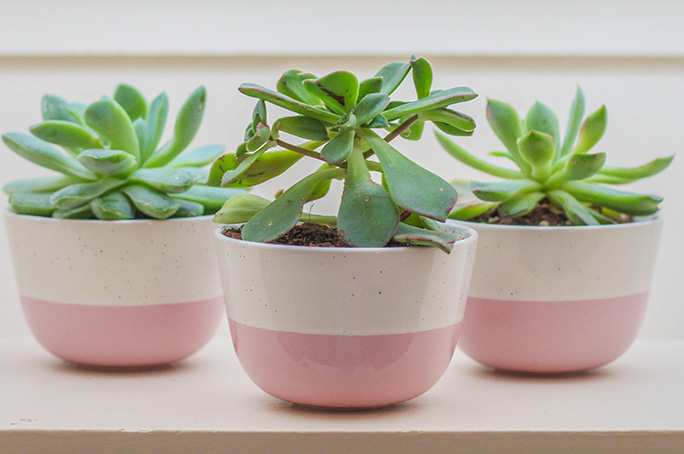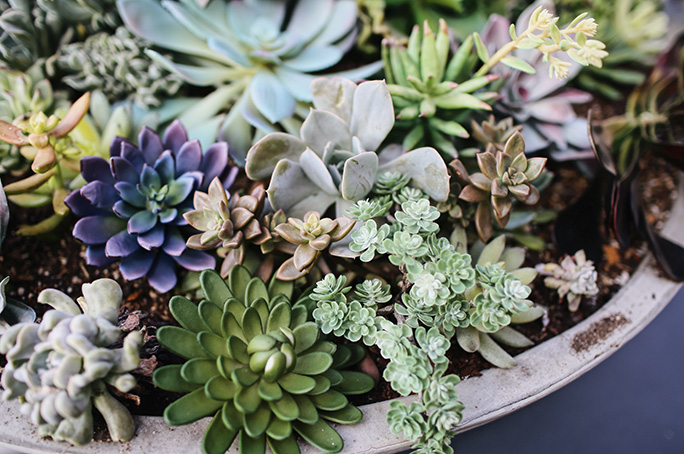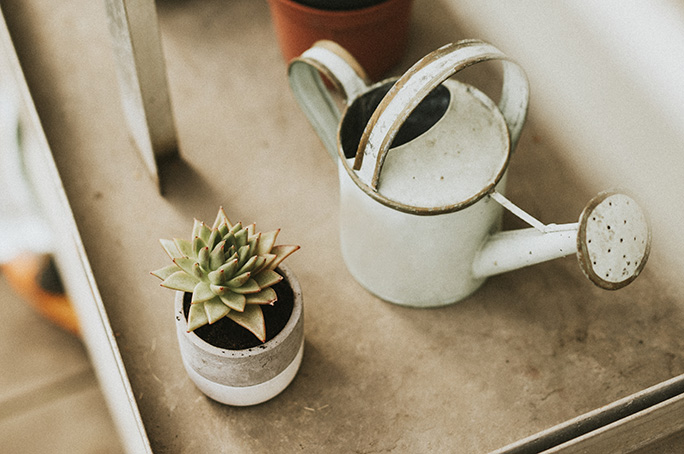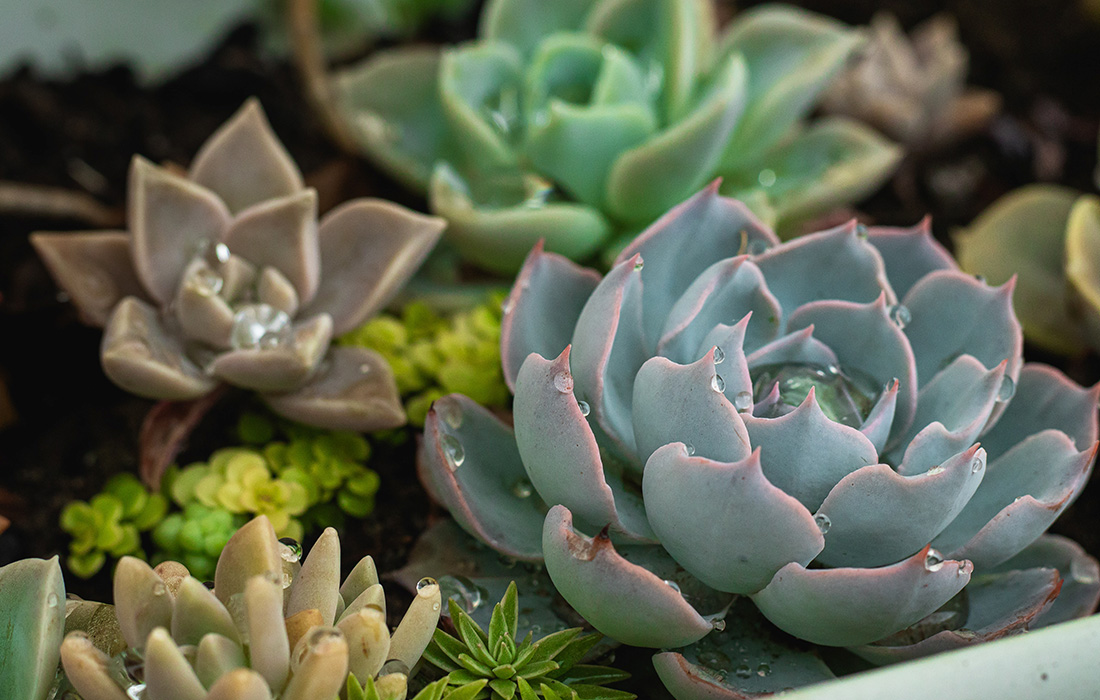Succulents are so popular among plant lovers not only because of their decorative value and useful properties but also due to minimum watering requirements. The rule of thumb says that it’s better to underwater a succulent than to overwater it.
Why is overwatering so dangerous for succulents?

Unlike other plants that absorb water using their root systems, succulents store moisture in leaves and stems, that’s why their foliage is so fleshy and looks so shiny. Cells in these parts can soak up a considerable amount of water. Overwatering damages the structure of these cells, and as a result, they “burst” and start to rot.
Signs of Overwatering
- Leaf discoloration or yellowing
- Discoloration of the central part of the leaf rosette (on Echeveria, one of the few picky succulents)
- Mushy leaves
- Black spots on the foliage
- Defoliation
Don’t despair if you’ve noticed these signs. Although it’s quite hard to save the plant affected by root or stem rot, you can propagate it easily by cutting off a healthy leaf.
How does underwatering influence succulents?

Succulents are used to dry spells in their natural habitats, so they can tolerate at least a month-long drought with some varieties withstanding it up to 3 months. However, it doesn’t mean you should neglect your plant and forget about watering it. Lack of water causes the pressure inside the leaf tissue to reduce, which stops your plant from thriving.
Signs of Underwatering
- Shriveled leaves
- Wrinkles on the foliage
- Sagging leaf tips
The biggest challenge is to distinguish between drying leaves suffering from underwatering and dying old ones. If your plant lacks water, the foliage may be a little bit mushy and soft (but won’t look transparent like overwatered ones). Moreover, only the bottom leaves are dying if it’s a natural process.
Adjusting Your Watering Schedule

- In case you’re a novice gardener and have just bought your first succulent, water it every 2 weeks. Then look at your plant’s reaction and tailor the watering schedule to its needs.
- Try the “soak and dry” method. Always check the growing medium and water your plant only once the topsoil dries out. Fully soak the growing medium and wait for the water to drain out of the drainage hole. Make sure to remove the drained water—this will protect your succulent from dangerous fungal diseases.
- Provide your plant with good drainage. You can buy a commercial mix formulated for succulents or mix any light, loose soil and perlite.
- Use suitable instruments for watering. Never mist your plant using spray bottles, as succulents don’t tolerate water on their foliage. Watering bottles and cans with a small spout will let you water the plant exactly at the base to prevent the leaves from rotting.
- Water your succulents only in the morning.
- Use filtered water for watering. You can also use tap water but make sure to settle it beforehand.
Although succulents aren’t so fastidious in terms of watering, they need your love and attention. Make sure to study care guides for each new plant you buy. You can also set reminders in Plantum, so you don’t forget to water and fertilize your plants on time.
